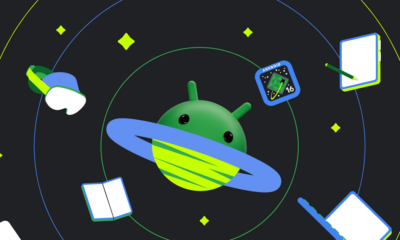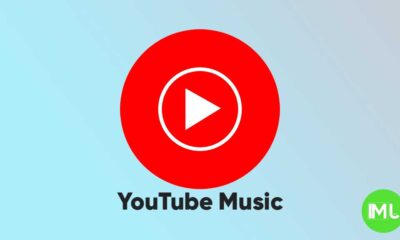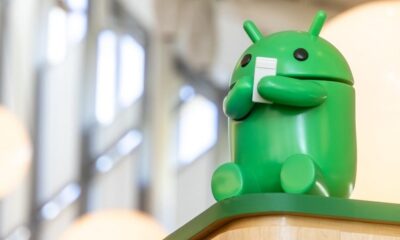Google TV introduces Home Panel, AI Screensaver, Sports Page, and reaches 270 Million
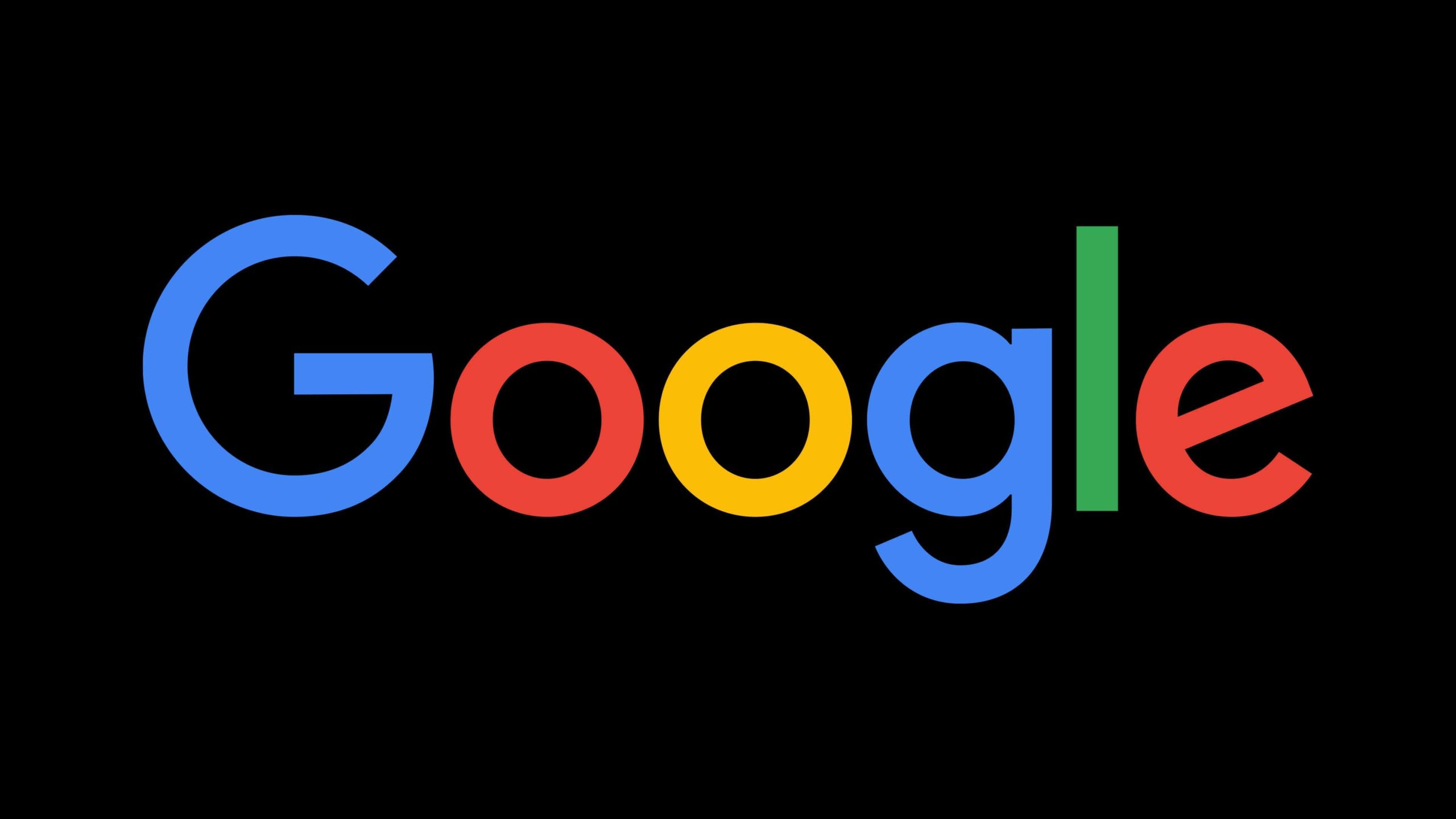
Top 3 Key Points:
- Google TV and Android TV OS now run on 270 million monthly devices, marking 80% growth since 2023.
- New features include a Home Panel for smart devices, a Sports page, and an AI-driven screensaver.
- Gemini app on Android gets a simplified home screen, enhancing user experience.
Google has rolled out significant updates to its TV and Android ecosystem, including the launch of new features like the Home Panel for smart devices, a dedicated Sports page, and a simplified Gemini home screen on Android. These enhancements come alongside remarkable growth, as Google TV and Android TV OS now power over 270 million devices, reflecting an impressive 80% increase in just one year.
Home Panel – Smart Device Control at Your Fingertips
One of the key new features is the Home Panel, a quick-access tool that allows users to manage their smart home devices directly from the Google TV interface. Located in the Quick Settings menu, this feature mirrors the Favorites tab from the Google Home app. Users can now control lights, view live camera feeds, adjust thermostats, and access other smart home gadgets with ease. Additional controls for cameras, lighting, climate, and WiFi settings are also included, as well as doorbell notifications that will soon be available on all Google TV devices.
Sports Page – Personalized Game and Highlights Hub
Google TV also introduces a Sports page within the “For You” tab, which provides live and upcoming game details for users’ favorite teams. This page delivers personalized content, including YouTube highlights and commentary. This update enhances how sports fans engage with live games and their favorite sports content in one place.
Gemini App – Simpler Homescreen for Android
Another key development is the redesigned Gemini app home screen for Android users. This new interface offers a cleaner and more intuitive user experience, replacing the previous complex layout with a simple greeting and streamlined navigation. The new home screen design focuses on essential functions, with recent conversations and “Gems” easily accessible, making it easier to use.
Growth and Expansion of Google TV
Google TV and Android TV OS have experienced dramatic growth, now reaching over 270 million monthly active devices, up from 150 million in 2023. The platform’s popularity is surging globally, driven by its integration into more smart TVs, projectors, and smart monitors. Brands like TCL and Hisense, which sell millions of devices each year, contribute to this growth. Google is also expanding its TV services to new markets, including Thailand, Indonesia, Vietnam, and the Philippines.
The rapid adoption of Android TV OS by device manufacturers and its entry into more countries are key factors behind this success. Google now claims that Android TV OS is the largest streaming platform globally, supported by brands that are increasingly adopting the system to power their devices.
Freeplay – Enhanced Channel Experience for US Users
For users in the US, Google has revamped its Freeplay experience, offering over 150 free channels with an improved browsing guide. This guide allows users to navigate by genre and topic, improving the overall content discovery experience for free TV.
These updates solidify Google’s role as a major player in the streaming and smart home device markets, while also enhancing the user experience with AI-driven features and a more intuitive interface across its apps and services. The significant growth in devices using Google TV and Android TV OS reflects the company’s continued success in this space.
YouTube Music adds new feature to keep song volume steady
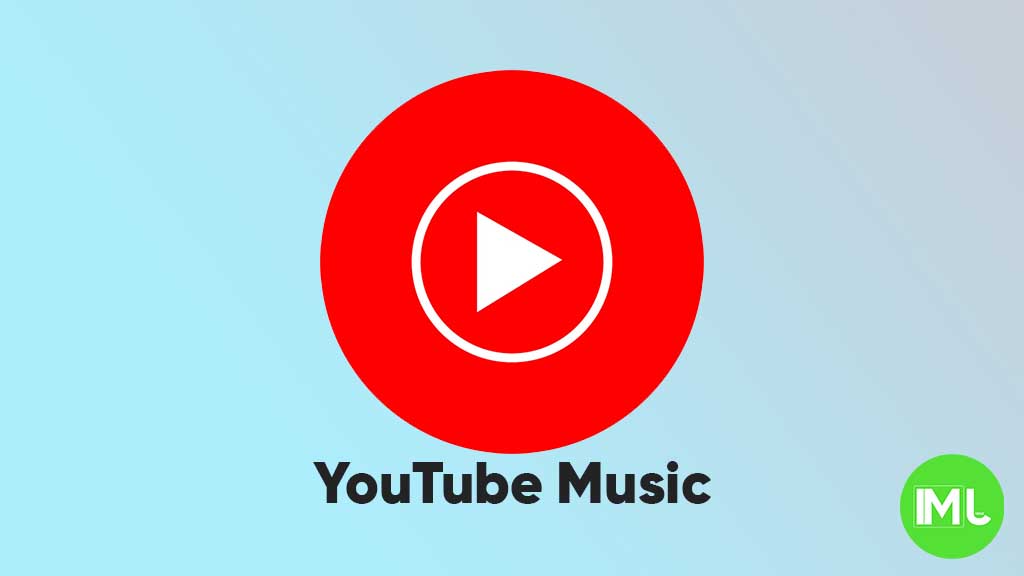
YouTube Music is rolling out a new feature called “Stable volume” to make your listening experience better. This option helps keep the sound level the same across all songs, so you won’t have to turn the volume up or down when switching tracks.
Sometimes, songs are louder or softer depending on how they were made. This new feature fixes that by adjusting each track so that all music plays at a similar volume. It’s especially useful when you’re using headphones or listening in the car.
You can find this option in the YouTube Music app by going to Settings > Playback & restrictions, where you’ll see a switch for “Stable volume.” It works for both free and Premium users, and it’s now appearing on Android devices (version 7.07 or later). iOS support may come soon, but it’s not available yet.
This is a welcome update, as many streaming apps like Spotify and Apple Music already have similar volume balancing tools. It helps make playlists and albums sound smoother and more enjoyable without constant volume changes.
So far, the feature is being released in stages, so you might not see it right away, but it should show up soon for everyone.
Android
Android 16 beta adds battery health info, Pixel Fold gets better at detecting opens and closes
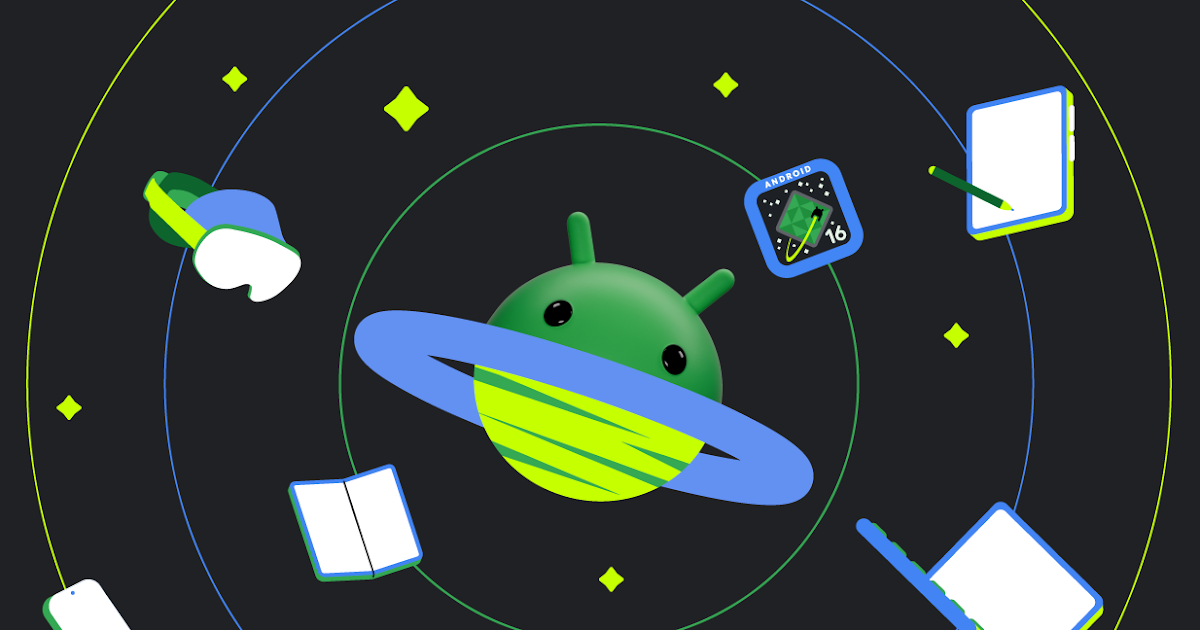
Google has released the Android 16 Beta 1 update for Pixel phones, and it brings some helpful new features. One of the key additions is battery health information, which is now available in the settings. Pixel users can now see the battery’s manufacturing date, charge cycles, and overall health score. This can help people understand how well their battery is holding up over time. While this feature is currently hidden under developer options, it might be fully added in a future update.
At the same time, Google is also working to improve the Pixel Fold. With Android 16 Beta 1, there’s a new system that better detects when the phone is opened or closed. This new method uses the hinge angle to more accurately understand the device’s position. Unlike older systems that could be affected by software bugs or slow response times, this new one seems to be more reliable and faster.
These changes are important for people who use foldable phones like the Pixel Fold, as better hinge detection can lead to smoother app transitions and fewer bugs. And for all Pixel users, having detailed battery info can help with managing phone performance and deciding when it’s time for a battery replacement.
Overall, Android 16 Beta 1 focuses on giving users more control and smoother experiences, especially for those with foldables.
Android
Android 16 could bring colorful always-on display to Pixel phones

Google is working on Android 16, and it looks like the update could bring more color to the always-on display (AOD) feature on Pixel phones. Right now, the AOD mostly shows white text on a black screen. But a new setting found in the Android 16 Developer Preview hints at the ability to add colors to this display.
The new feature is called “AOD Preview,” and it includes a switch labeled “Color AOD.” While this setting doesn’t work yet, it suggests that Google might be planning to show colorful content even when the screen is in low-power mode.
This change could make AOD look more lively, maybe by adding color to the clock, notifications, or wallpaper. So far, it’s not clear exactly what will change or how customizable it will be, but the feature seems to be in early testing.
Samsung already has more colorful AOD options on its Galaxy devices, so this update could help Pixel phones catch up. Google often introduces new features first on Pixel devices before making them available to other Android phones.
Android 16 is still being developed, and many features are not ready yet. But if Color AOD becomes part of the final release, Pixel users could get a more vibrant and useful always-on display in the near future.
-

 Apps1 year ago
Apps1 year agoGboard Proofread feature will support selected text
-

 News1 year ago
News1 year agoSamsung USA crafting One UI 6.1.1
-

 News1 year ago
News1 year agoBreaking: Samsung Galaxy S22 may get Galaxy AI features
-

 News1 year ago
News1 year agoSamsung Galaxy S23 Ultra with One UI 6.1 and all S24 AI features revealed
-

 News1 year ago
News1 year agoOne UI 6.1 Auracast (Bluetooth LE Audio) feature coming to many Samsung phones
-

 News1 year ago
News1 year agoSatellite SOS feature coming to Google Pixel phones, evidence leaked
-

 Apps11 months ago
Apps11 months agoGoogle’s fancy new Weather app is finally available for more Android phones
-

 News1 year ago
News1 year agoGoogle Pixel evolves as Europe’s third best selling flagship

